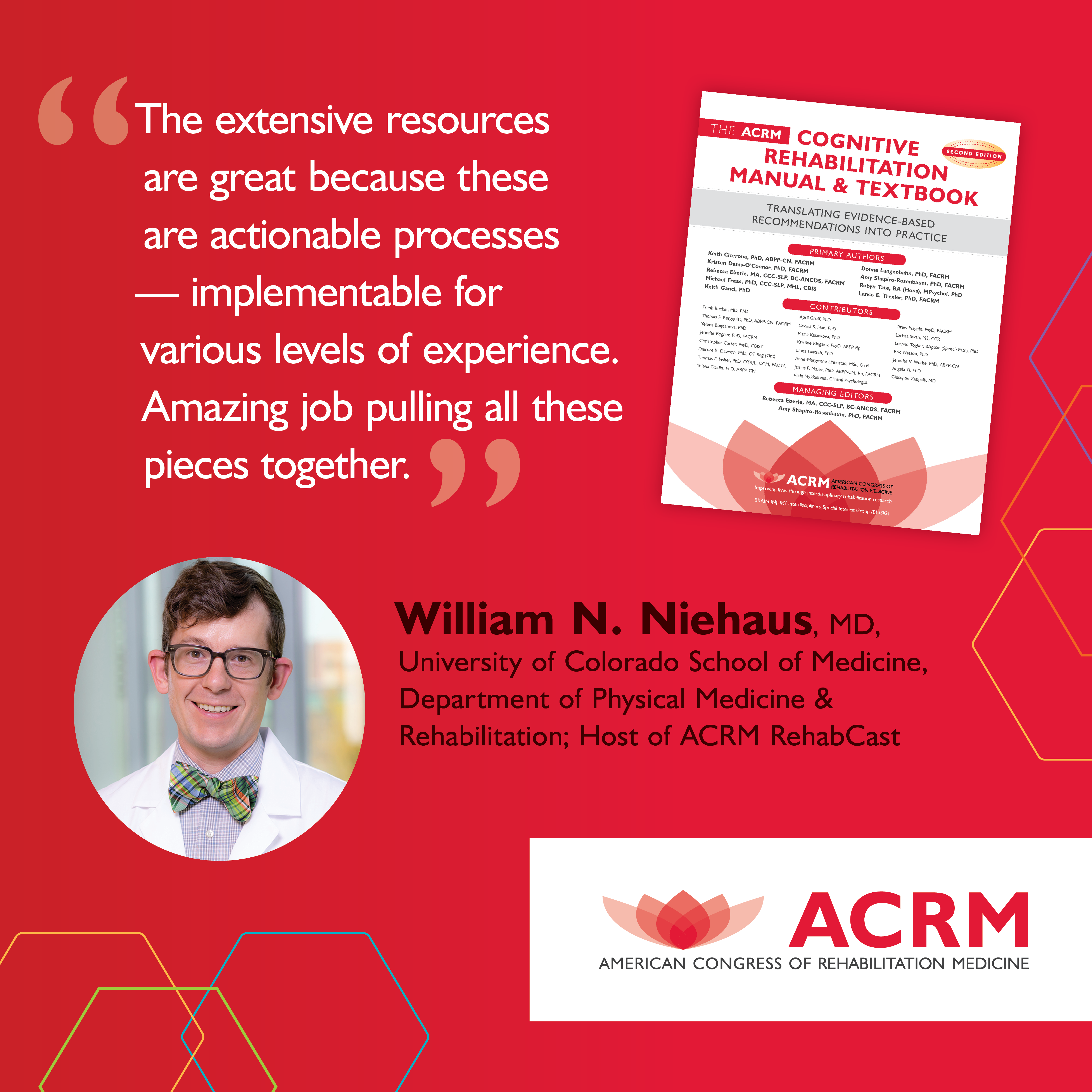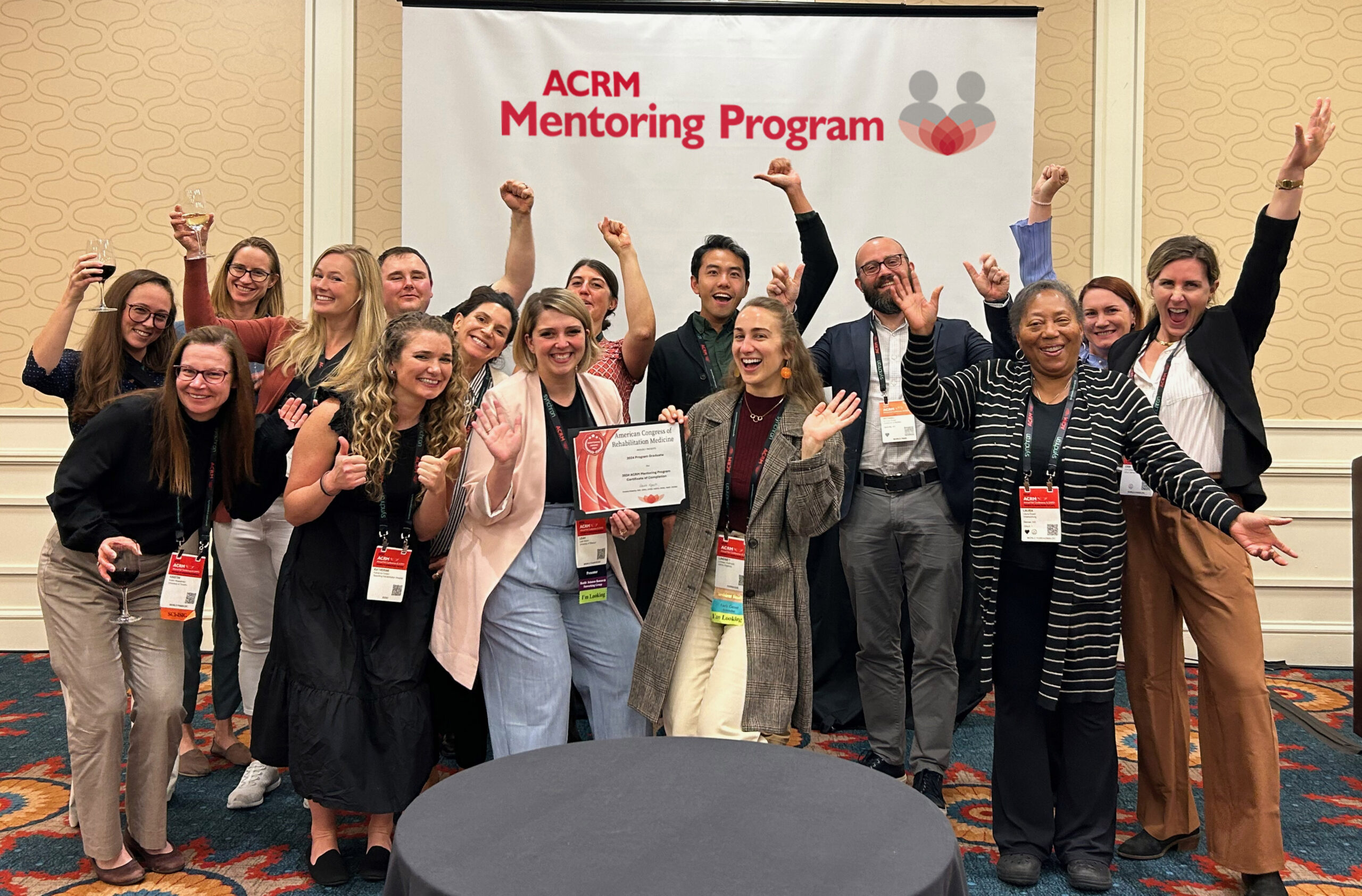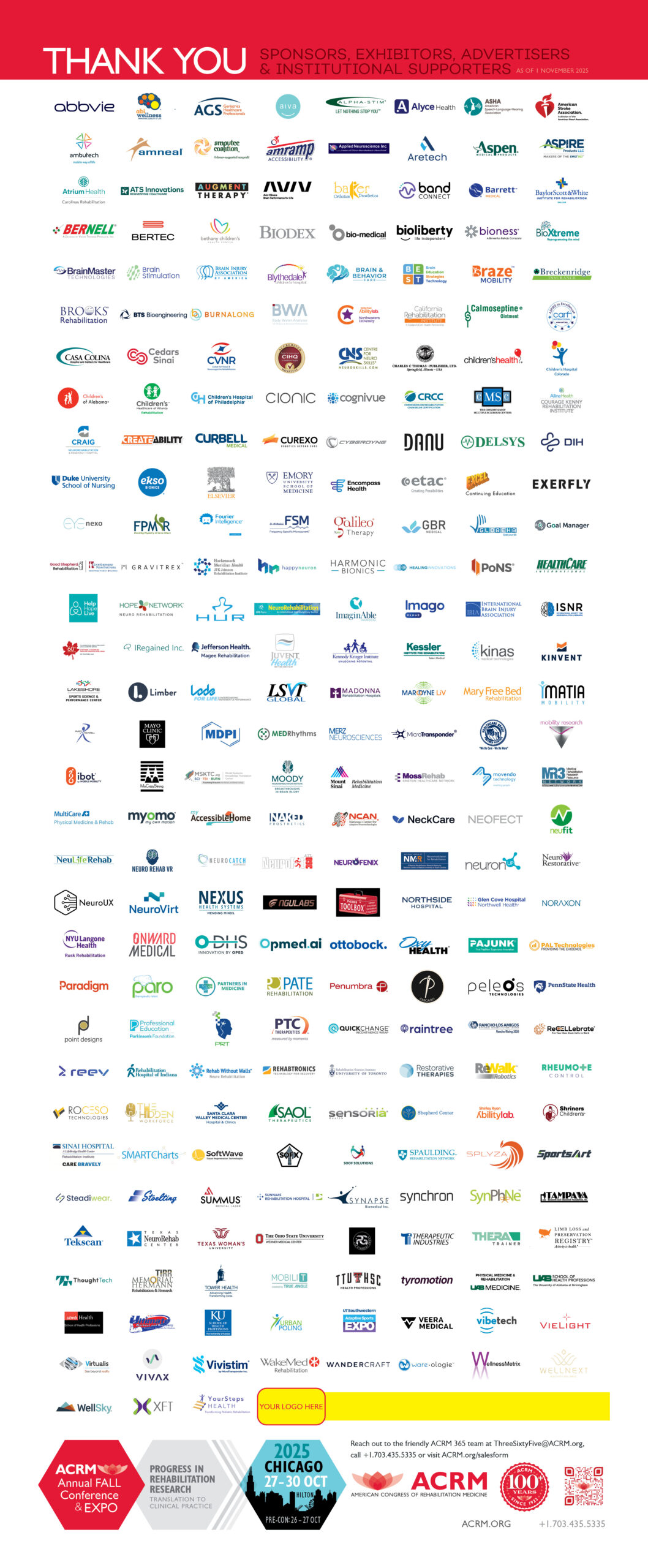There’s a good chance, with more than half a million Americans who get a total hip replacement each year, that you know someone who has undergone the major surgery. With new technology and methods, and an aging population, the number of people under 55 who are getting a hip replacement is increasing. Most of these surgeries are due to osteoarthritis (OA), but there are other factors, including injuries, congenital problems, and rheumatoid arthritis (RA).
Anyone who has been in this situation is probably excited to get back to the normal, active life that they enjoyed before the surgery. But how active can someone be after they have had a surgery?
At ACRM, we want to improve the quality of life for the geriatric population recovering from hip replacement. The American Congress of Rehabilitation Medicine wants to share knowledge with doctors and nurses so that they can better treat and care for their patients. Among our many areas of focus is geriatric rehabilitation research, which includes researching hip replacement recovery.
 First, Know the Limits
First, Know the Limits
With a new joint, there’s only so much stress and load that someone can put on the hip, whether it’s compressive force or shear force. The greater the load is, the more wear and tear the patient is putting on the new joint, especially on parts of the joint that are made of polyethylene. This durable plastic is incredibly strong, but with the right force and load, parts of the plastic can be broken away, which can lead to bone loss. The amount of degradation of the joint is dependant on how active the patient is and the amount of load the patient is putting on the joint. If a patient is increasing the number of steps they take, it will increase the wear and tear of the joint. However, if a patient is increasing the load, the wear and tear is significantly higher. A physical therapist and patient need to be conscious of how active they are and how much wear and tear it will produce on the joint.
Exercise After Hip Replacement
Immediately after a surgery, a patient will be prescribed therapeutic exercises, including activities to help with motion, strength, and overall function of the joint. A rehabilitation fitness program should include activities to build cardiovascular strength and flexibility.
It is also important to start slowly, but keep in mind that short workouts are better than nothing. Even 10 minutes of exercise will be enough to build strength in a patient’s heart and lungs who may not have been active before the surgery. Start with exercises that will minimize the risk of injury, such as a slow walk or simple movements in a pool. Activities that will build strength above and below the joint can help stabilize the joint, reduce stress, and help with balance and coordination.
 Geriatric rehabilitation is an area of research that deserves attention. From hip replacements to Alzheimer’s disease, thousands of people are seeing a decrease in their quality of life. That’s why our rehabilitation research conference wants to connect people from various disciplines in order to find answers to these problems.
Geriatric rehabilitation is an area of research that deserves attention. From hip replacements to Alzheimer’s disease, thousands of people are seeing a decrease in their quality of life. That’s why our rehabilitation research conference wants to connect people from various disciplines in order to find answers to these problems.
From September 30th to October 3rd, the core rehabilitation research conference will include paper and poster presentations, classroom sessions, and so much more. If you’re a medical professional who wants to network with other professionals, and gain knowledge and experience in your area of expertise, join us in Dallas. Together, we can work to improve rehabilitation processes and the quality of life of those recovering from surgeries, diseases, and injuries. Register for the conference today.
Do you have your own research? Submit your rehabilitation research proposal so you can share your knowledge with others.









